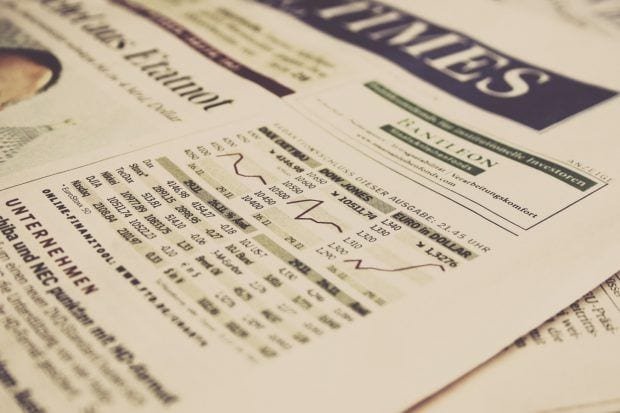Differentiating Between the Price and Value of a Stock
Whether you’re a beginner or a seasoned stock market investor, you will often find yourself trying to distinguish between the price of a stock and its value. As your skills in trading continue to grow, you become more adept and using differentiate these two measures.
We learned this lesson from the 2008 collapse of the real estate market. Many houses that had a value arrived at using methods such as appraisal were in the end sold for far less because the market had a different take on the value the homes.
Determining the value of a stock
When it comes to stock-trading, investors determine the value of the stock by considering factors including:
- Market share
- Past, present, and estimated future earnings
- Current and potential customers
- Sales volume over a given period
- Metrics such as the P/E ratio
Another effective way of determining the value of a stock is by researching Stocktrades list of the top Canadian tech stocks.
These factors are, for the most part, straightforward since they are based on published figures and facts, even though there may be room for varying interpretations of the data. For example, when a company participates in a merger or acquisition to venture into a new business, success is not guaranteed despite how good the numbers look on paper.
Expert analysts have made a career out of making sense of the facts and figures to chart out chances of success or failure of investment plans. In the end, the figure the analysts arrive at is the value of the stock (i.e., the price they believe the stock should be trading at).
What influences the price of a stock?
In most cases, the actual price of a stock is at or near the value estimated by analysts, save for the daily fluctuations occasioned by a rising and falling market.
There are, however, many instances when the stock price (the price at which it is available in the open market) differs greatly from the value. The trading price of a stock represents the price that a willing buyer and willing seller both find agreeable. The actual value of the stock is what the person giving the value is willing to pay for the stock.
Over the long term, stock prices are influenced by fundamental factors whereas supply and demand affect the prices in the short term. When buyers are more than sellers, the price may rise; when sellers exceed buyers, the prices fall. Who among the buyers or sellers are more depends on a variety of factors including:
- General good or bad news
- News about the company
- Prevailing market trends
- Confident levels in the economy
- The actual economy
In simple terms, traders care about the stock price and investors care about the stock value.
The bottom line
Traders live on price shift, be they up or down. They earn profits by predicting the direction of the price and taking the appropriate position. Investors assess the long-term value of the company to guide their buying or selling decisions.
That is not to say that adopting a long-term view means buying the stock and forgetting about it because the fundamentals of a company can also shift rapidly, necessitating a sale or purchase. Investors, therefore, need to review their portfolios regularly.




